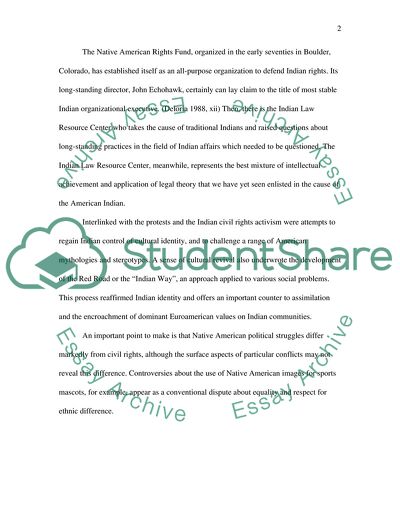Cite this document
(Native American Rights Research Paper Example | Topics and Well Written Essays - 2000 words, n.d.)
Native American Rights Research Paper Example | Topics and Well Written Essays - 2000 words. https://studentshare.org/law/1719206-research-paper-native-american-rights
Native American Rights Research Paper Example | Topics and Well Written Essays - 2000 words. https://studentshare.org/law/1719206-research-paper-native-american-rights
(Native American Rights Research Paper Example | Topics and Well Written Essays - 2000 Words)
Native American Rights Research Paper Example | Topics and Well Written Essays - 2000 Words. https://studentshare.org/law/1719206-research-paper-native-american-rights.
Native American Rights Research Paper Example | Topics and Well Written Essays - 2000 Words. https://studentshare.org/law/1719206-research-paper-native-american-rights.
“Native American Rights Research Paper Example | Topics and Well Written Essays - 2000 Words”. https://studentshare.org/law/1719206-research-paper-native-american-rights.


